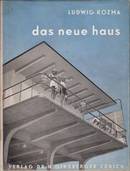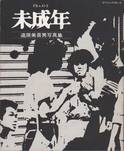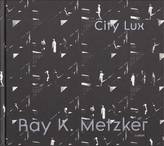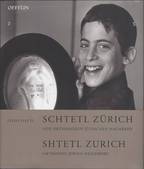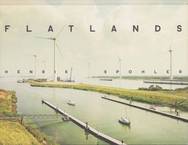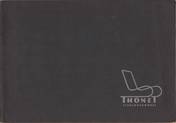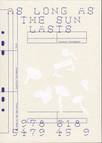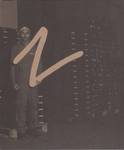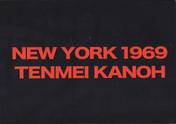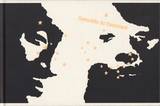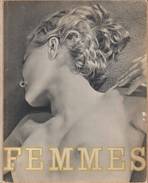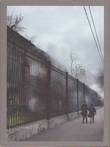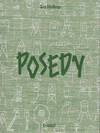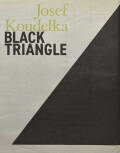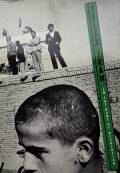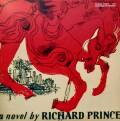Albert Adrian Vrabiuta - Dacia 50 Autoturismul, Omnia Photo Publishing House, 2018, Bucharest

Albert Adrian Vrabiuta - Dacia 50 Autoturismul (Front)

Albert Adrian Vrabiuta - Dacia 50 Autoturismul (Spine)

Albert Adrian Vrabiuta - Dacia 50 Autoturismul (Back)

Sample page 1 for book "Albert Adrian Vrabiuta – Dacia 50 Autoturismul", josefchladek.com
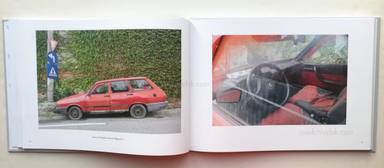
Sample page 2 for book "Albert Adrian Vrabiuta – Dacia 50 Autoturismul", josefchladek.com

Sample page 3 for book "Albert Adrian Vrabiuta – Dacia 50 Autoturismul", josefchladek.com
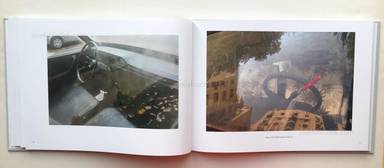
Sample page 4 for book "Albert Adrian Vrabiuta – Dacia 50 Autoturismul", josefchladek.com

Sample page 5 for book "Albert Adrian Vrabiuta – Dacia 50 Autoturismul", josefchladek.com

Sample page 6 for book "Albert Adrian Vrabiuta – Dacia 50 Autoturismul", josefchladek.com
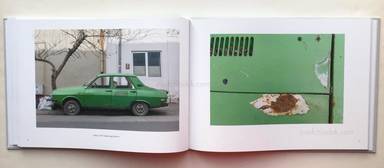
Sample page 7 for book "Albert Adrian Vrabiuta – Dacia 50 Autoturismul", josefchladek.com

Sample page 8 for book "Albert Adrian Vrabiuta – Dacia 50 Autoturismul", josefchladek.com
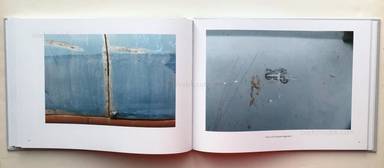
Sample page 9 for book "Albert Adrian Vrabiuta – Dacia 50 Autoturismul", josefchladek.com
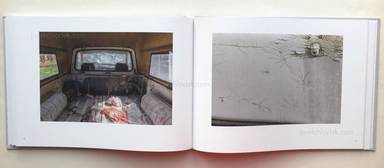
Sample page 10 for book "Albert Adrian Vrabiuta – Dacia 50 Autoturismul", josefchladek.com

Sample page 11 for book "Albert Adrian Vrabiuta – Dacia 50 Autoturismul", josefchladek.com

Sample page 12 for book "Albert Adrian Vrabiuta – Dacia 50 Autoturismul", josefchladek.com

Sample page 13 for book "Albert Adrian Vrabiuta – Dacia 50 Autoturismul", josefchladek.com
Other books tagged Romanian (see all)



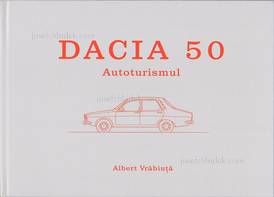


Other books tagged Cars (see all)

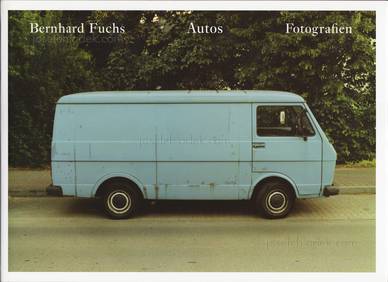





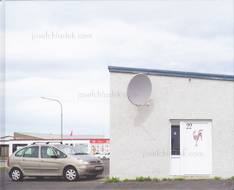
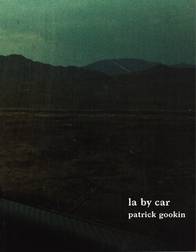
Books to shop at placartphoto.com
Hardcover, limited edition, 300 books. Albert Adrian Vrabiuta (photos), Ana-Cristina Irian (text, documentation), Valentin Maier (text, documentation). www.traduce.re (translation), Paul Adrian Farcas (graphics), Alex Cruceru (proofreading), Cristian Bassa (editor).
Through the DACIA 50 project, we want to visually explore Dacia’s life as it appeared and mingled with people’s lives, nature, physical space, and memory. At the beginning of this approach, the signs indicated a visual composition in the form of a “Dacia Concert”, but after the establishment of the Dacia – auto turismul copilăriei community, I think we can already talk about a rather symphonic construction.
In the first part of the DACIA 50 project, I aim to explore and visualize the relationship between stationary machinery, people, urban space and nature. The Dacia car is left, you will see on the following pages, even long standing, hung on the city map. You will visually discover and watch the lives of these cars parked temporarily or long-term on different streets of Bucharest, photographed by me during 2016-2017.
I followed Dacia’s trail in traffic, on the sidewalks of Bucharest, and in this book you can see the car connected to the urban space, but also the traces left on the city map. I approached even closer the Dacia searching for signs left by people and signs left by nature on and within her physical realm, but also the signs left by her, the car, in the life of those with whom she had grown up. Dacia, the one produced from 1968 until the end of the last century, as long as it is on the street, rusted or restored by “stubborn perfectionists” in circulation or even forgotten on a pavement, in a parking lot, or told in photographs and memories, it exists.
Pages: 124
Place: Bucharest
Year: 2018
Publisher: Omnia Photo Publishing House
Size: 30 x 22 cm (approx.)
